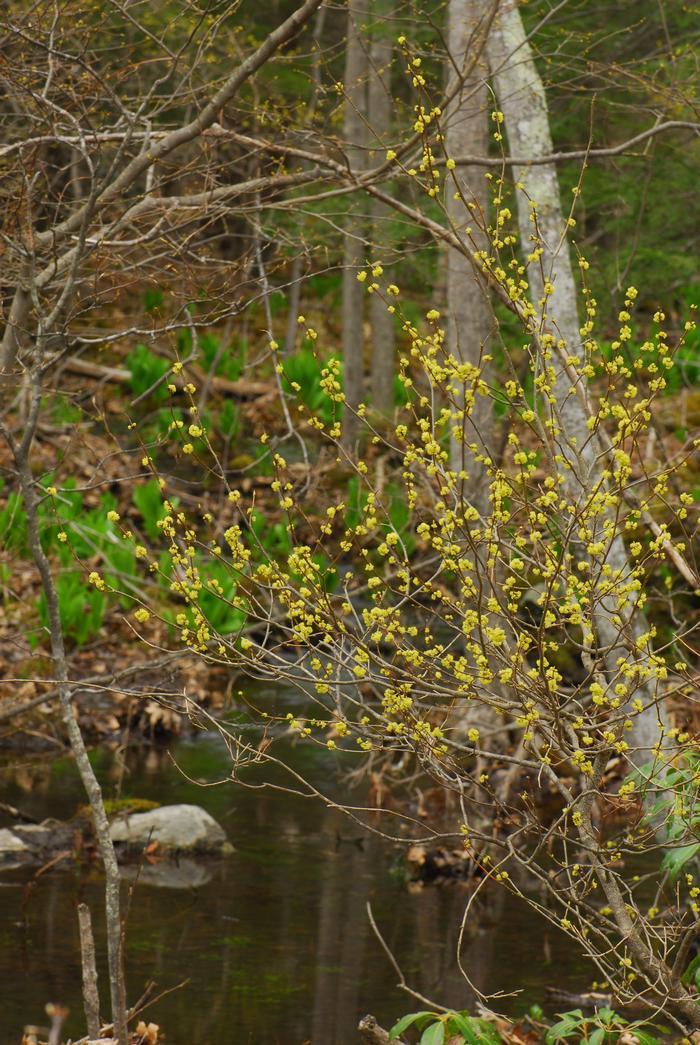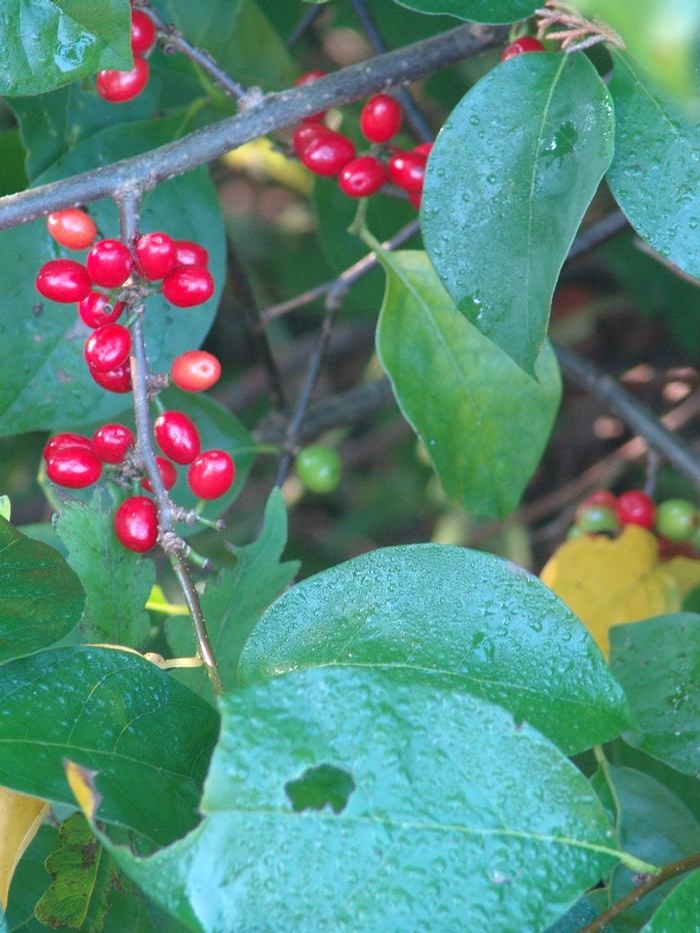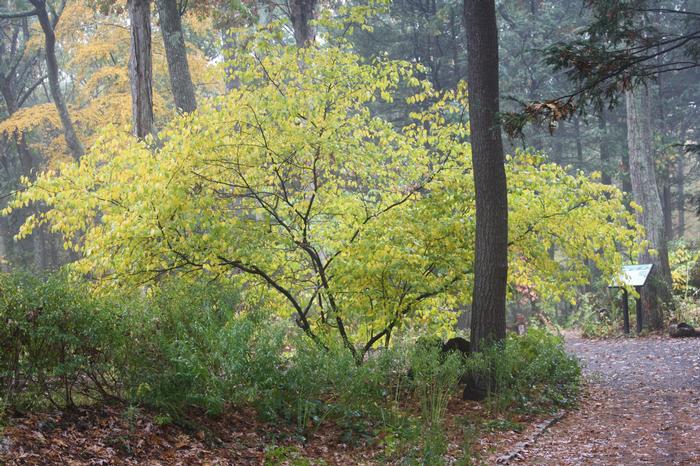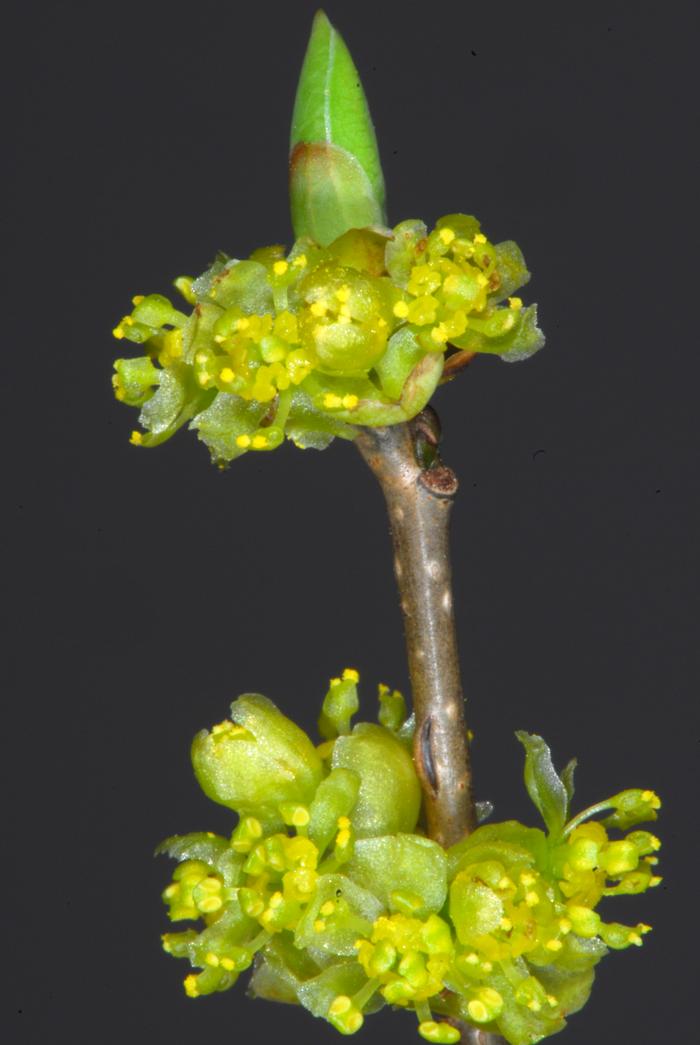The spicy, citrusy aroma of this versatile understory shrub is enchanting, and the leaves and twigs make a pleasant tea. Place at least one male plant among females for fruiting. Larval host plant for Swallowtail butterflies.
Return to Plant Search Home
Cultivation Status
|
Exposure
| • |
Sun |
| • |
Part Shade |
| • |
Shade |
|
Soil Moisture
|
Ecoregion
| • |
(83) Eastern Great Lakes Lowlands |
| • |
(59) Northeastern Coastal Zone |
| • |
(84) Atlantic Coastal Pine Barrens |
| • |
(82) Acadian Plains and Hills |
| • |
(58) Northeastern Highlands |
|
Ornamental Interest
| • |
Spring Bloom |
| • |
Summer Fruit |
| • |
Fall Foliage |
|
Attracts Wildlife
| • |
Attracts Songbirds |
| • |
Attracts Bees |
| • |
Host Plant |
| • |
Other Pollinators/Wildlife |
|
Tolerance
| • |
Deer/Rabbit Resistant |
| • |
Salt Tolerant |
|
Additional Attributes
| • |
Dioecious (fruits only on female plants) |
| • |
Edible |
| • |
Low Maintenance |
| • |
Fragrant |
|
Landscape Use
| • |
Naturalize |
| • |
Hedge/screening |
| • |
Rain Garden |
| • |
Massing |
| • |
Specimen |
|
Attractive Fall Foliage and/or Ornamental Fruit
| • |
Bright Yellow to Bronze Fall Foliage |
| • |
Red Fruit |
|




